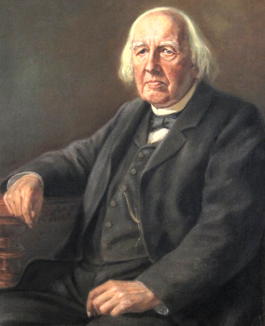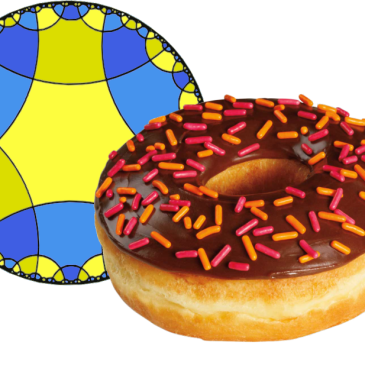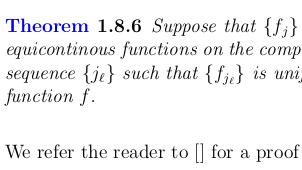How convenient!
It’s 07:00 in the morning. Having just gotten out of bed, you already poured yourself some breakfast cereal into the bowl, when you come to the most horrifying realization: you’re fresh out of milk. Beads of sweat start rolling down your forehead, and your heart starts beating like it’s trying to attract a sandworm on … More How convenient!














